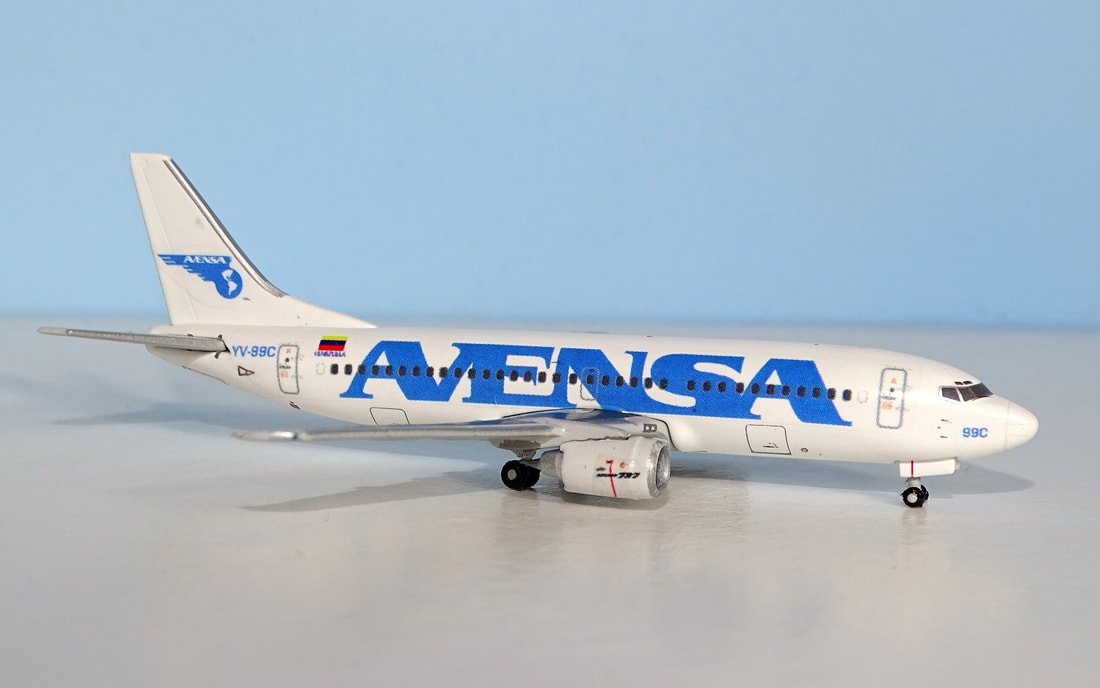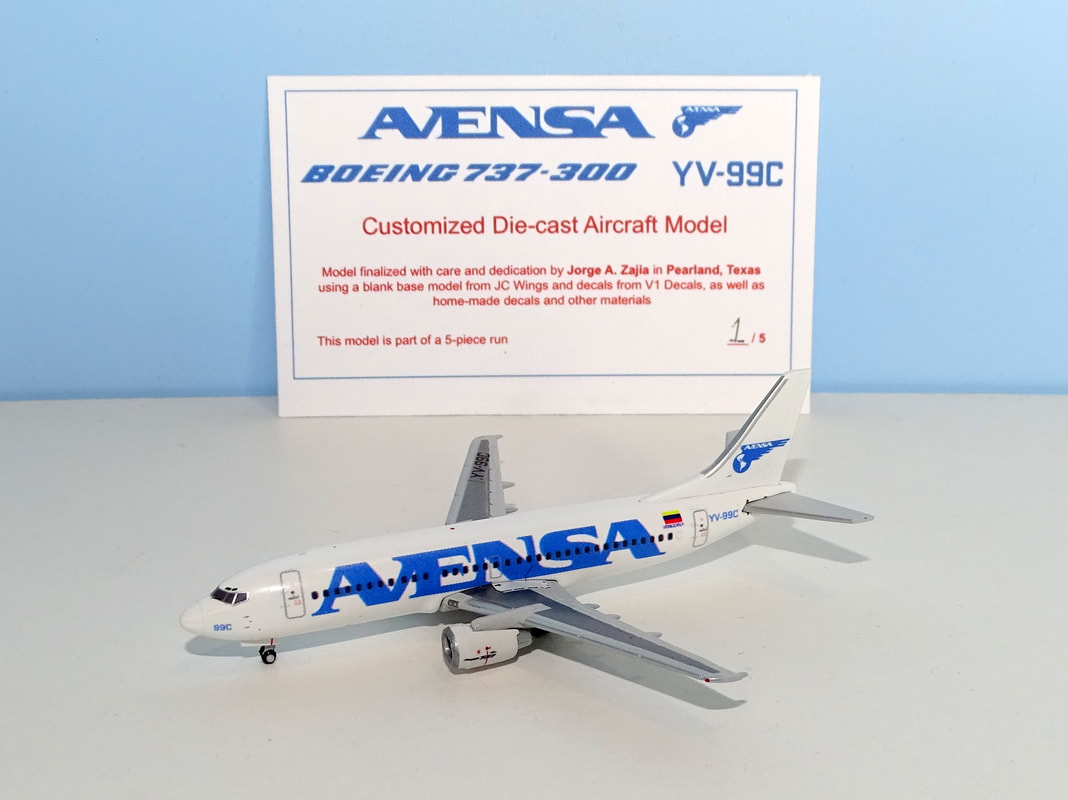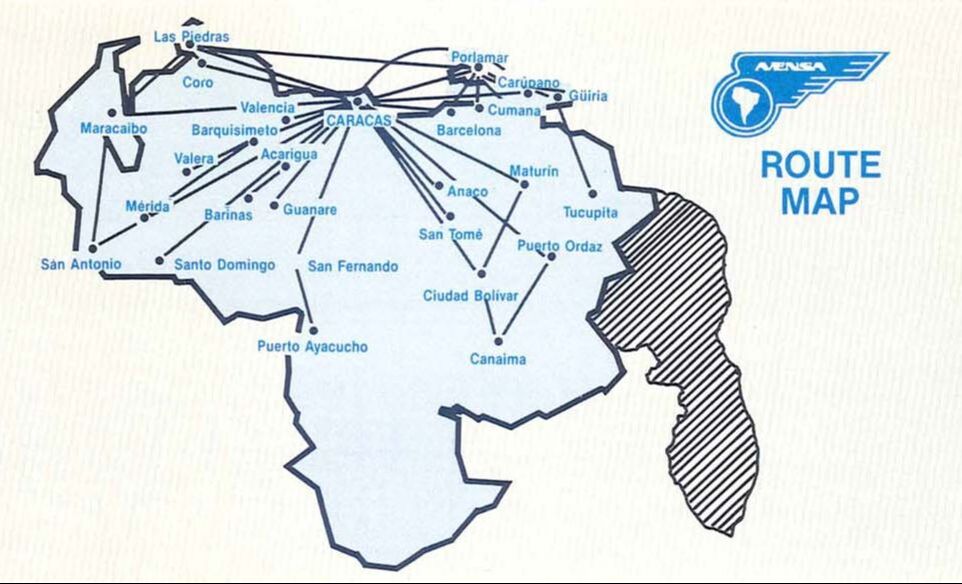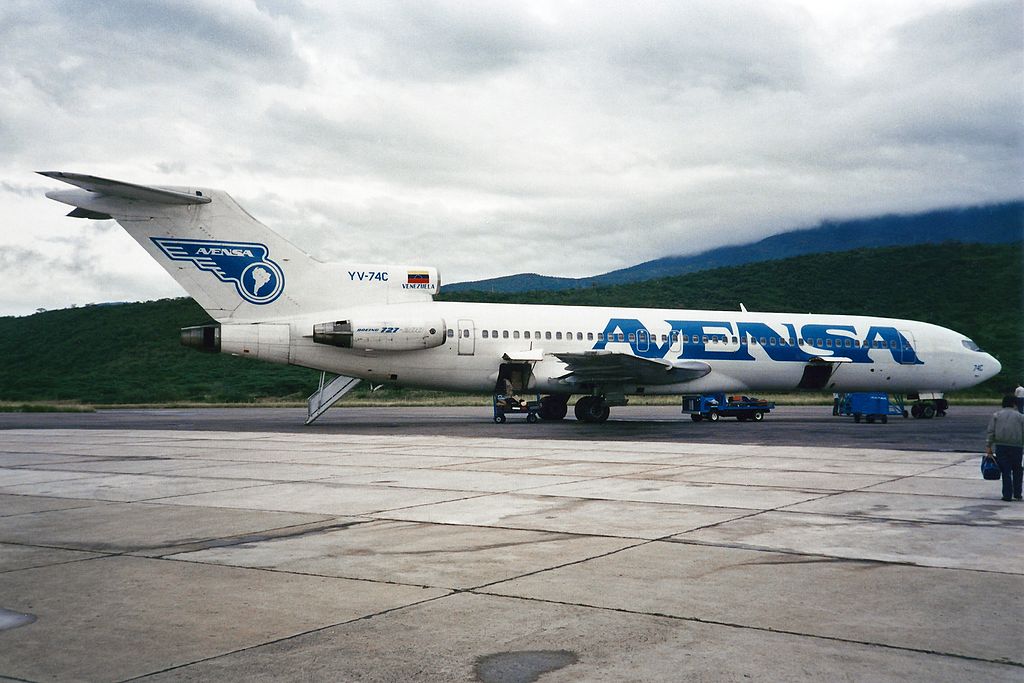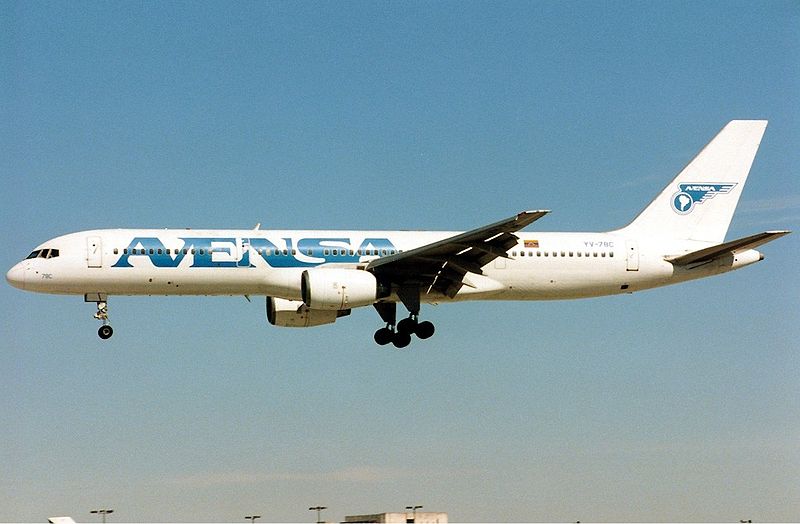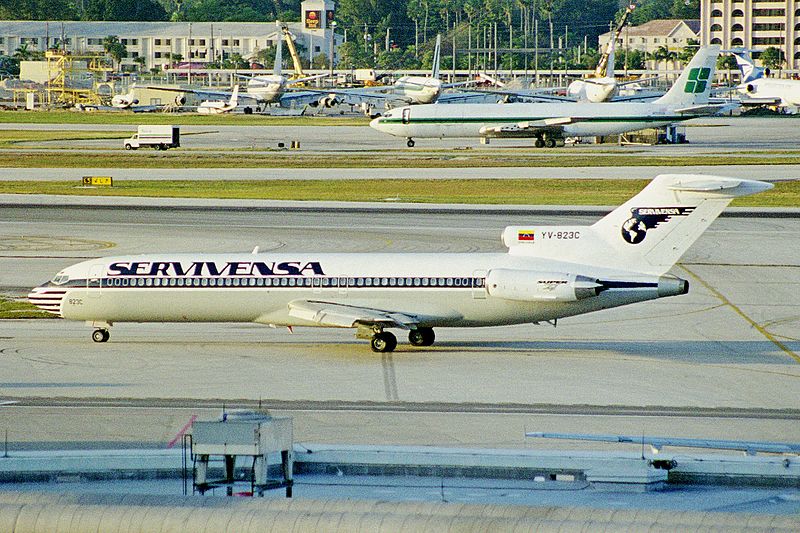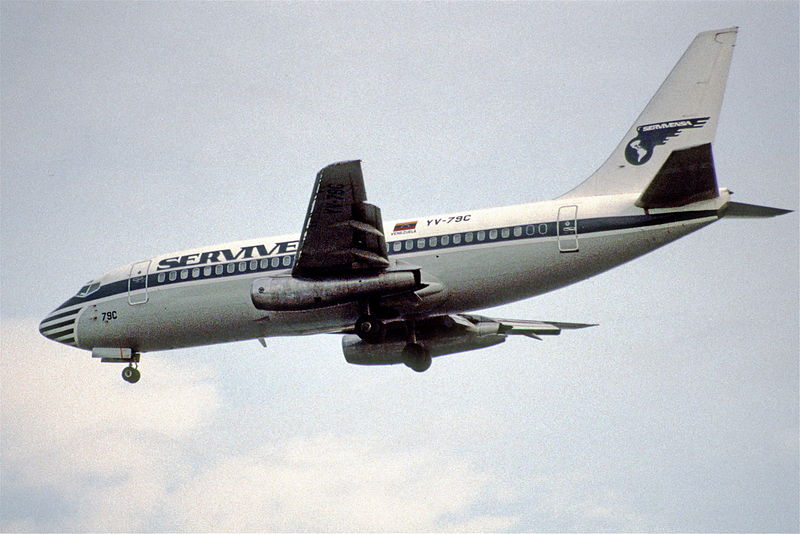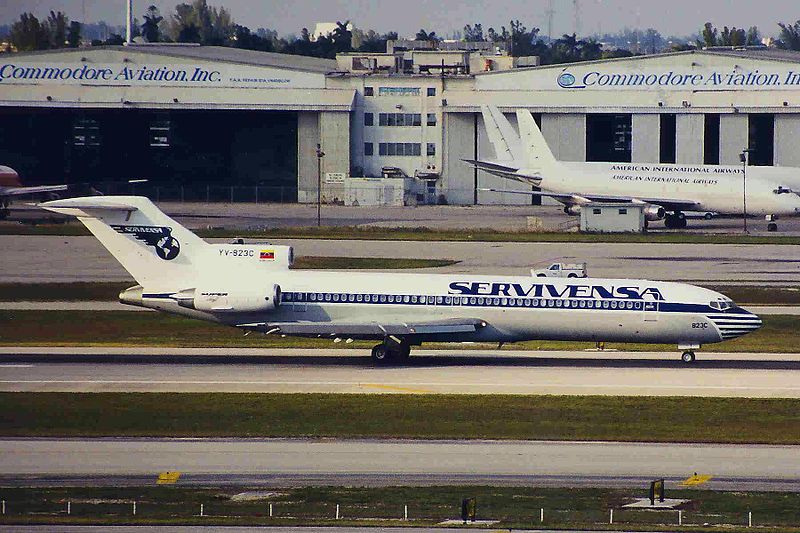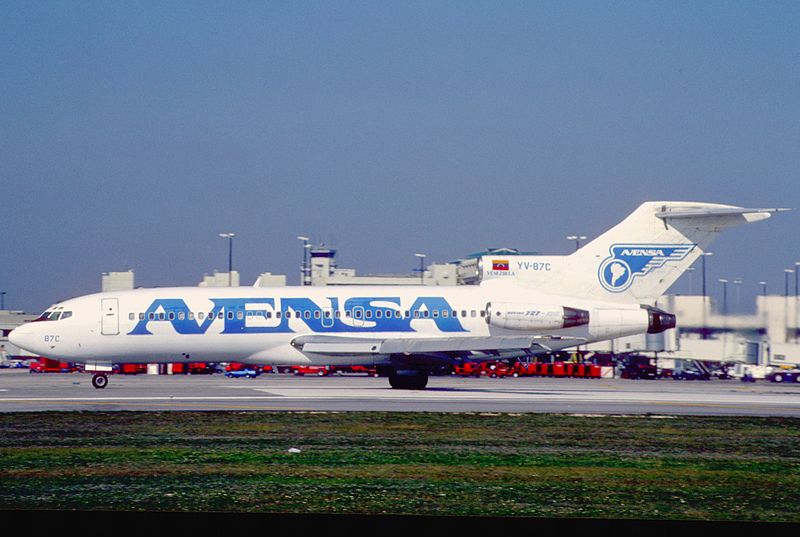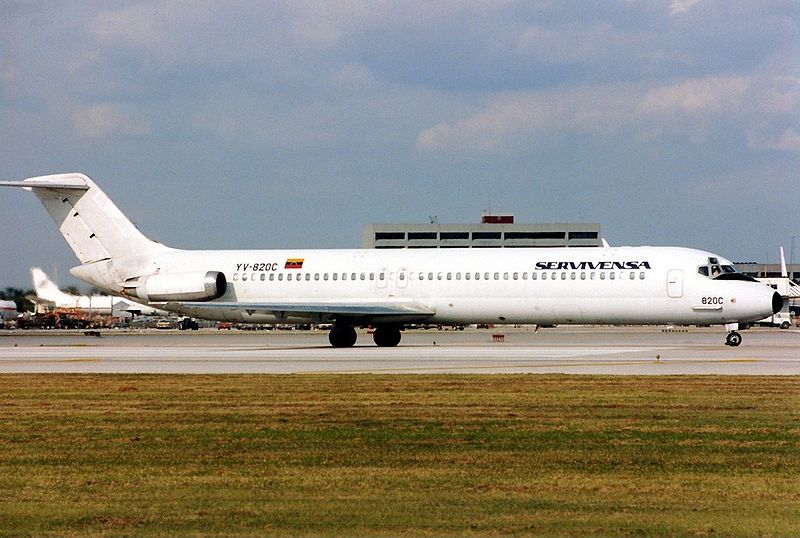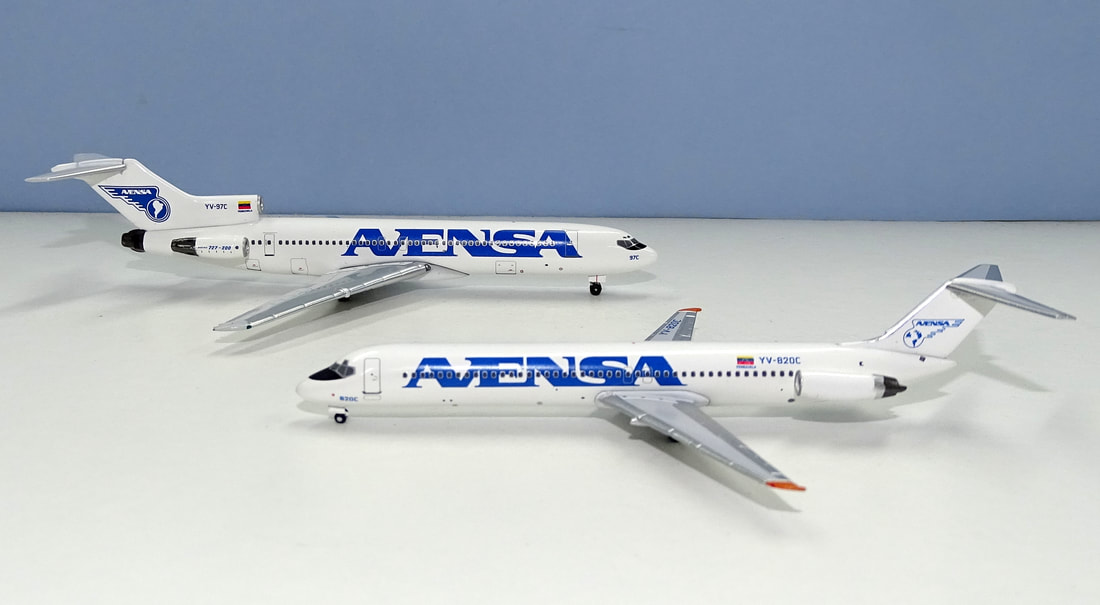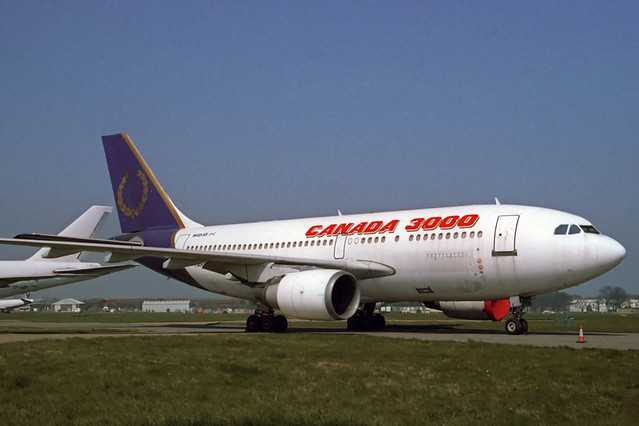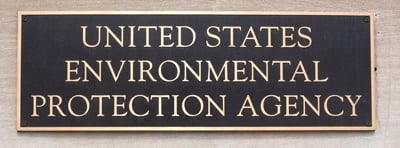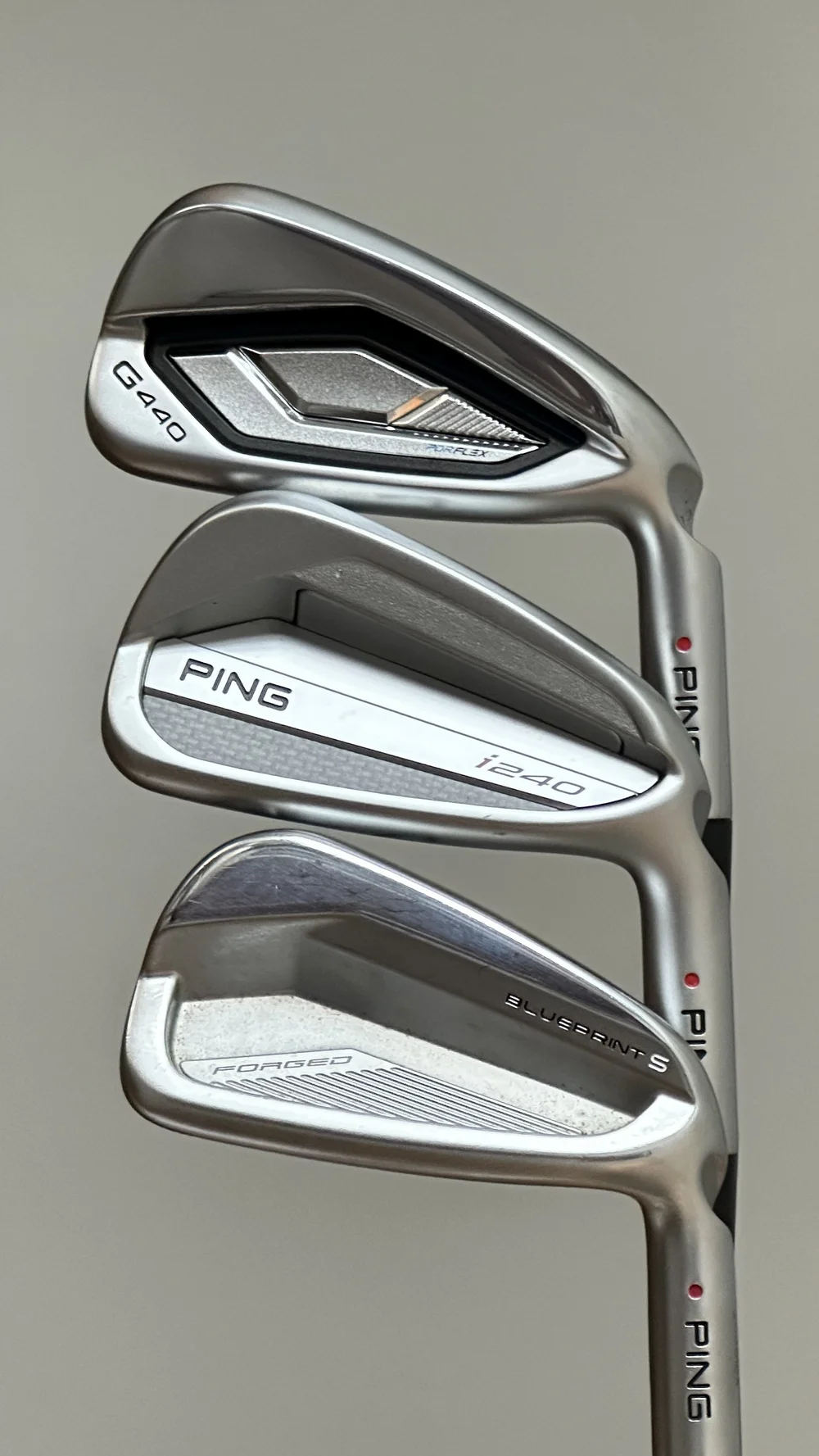By the mid-1980s the good times for Venezuela were well and truly over. The currency had been devalued in 1983 unleashing an economic crisis, the nation was deep in debt and corruption was on the rise. The national airlines,...
By the mid-1980s the good times for Venezuela were well and truly over. The currency had been devalued in 1983 unleashing an economic crisis, the nation was deep in debt and corruption was on the rise. The national airlines, VIASA and Aeropostal, were struggling but AVENSA, under the leadership of Henry Lord Boulton, used the situation to unleash his own brand of 'savage capitalism' which would enable AVENSA to thrive, at least for a short time.
This post is dedicated to Jorge Zaijia of YankeeVictor400.com who gifted me this delightful AVENSA custom model he made.
Avensa (Aerov�as Venezolanas Sociedad Anonima) was founded way back on May 13, 1943 by the Venezuelan businessman Andres Boulton Pietri and the US airline Pan Am. The Boulton family were one of the most powerful in Venezuela and their name would remain inextricably linked to AVENSA throughout its history. Henry Lord Boulton had taken over the company in 1973 when it was in bankruptcy.�
Into the 1980s AVENSA's competitors within Venezuela gradually weakened as the nation's economic struggles and their own mismanagement began to bite. The Venezuelan government began to adopt controversial reforms to cut subsidies, privatise state assets and attract foreign investment. These gave Boulton an opportunity he grasped with both hands.
In 1990 Venezuela deregulated the domestic aviation industry and along with that the stranglehold that Boulton considered his unionised workforce forced on him was gone too. While VIASA was sold off, eventually to Iberia, who ruined what was left of the iconic airline, and Aeropostal slowly lurched towards bankruptcy in late 1994 Boulton went on the offensive.
Below: YV-74C was AVENSA's first 727 delivered brand new in 1979
At the end of the 80s the AVENSA fleet consisted of an impressive 24 727-100s and 200s. A pair of the 727-200s were series 294 Advanceds delivered new to the airline in December 1979 but the rest were second-hand additions many added in the second-half of the 1980s. These had replaced the fleet of DC-9-10s and 30s, although in the 90s further Diesel Nines would be added.
AVENSA was also looking to add newer equipment and on November 16, 1989 its first, and only, Boeing 737-300 was acquired. Registered as YV-99C this aircraft had only been delivered new to the Spanish charter airline Hispania in April, but Hispania had itself gone bankrupt not long after in July. A pair of ex-Air Europe Boeing 757-236s would also be added in 1990 becoming YV-77C and YV-78C respectively.
The arrival of new equipment didn't mean that Boulton's airline was looking to increase its costs and lay on premium service though. In fact, his plan was completely the opposite. Boulton set out to break the unions at AVENSA and cut his costs to the bone.�
He setup a new non-unionised subsidiary called Servivensa and started a programme to outsource everything. At the parent airline reservations were outsourced to an independent company while the flight attendants were 'converted' into individual contractors. After setting up their own companies they paid for their own health and unemployment insurance as well as lodgings, meals and transportation while abroad.
It was with Servivensa however that Boulton was able to break the pilot's union. Gradually he transferred assets like aircraft to the new low cost airline, which hired crew on a contract only basis. Servivensa grew to become larger than its parent. Despite the angry objections of the union, Boulton began to even use Servivensa crew to fly AVENSA aircraft.�
Boulton didn't have it all his own way as macro-economic problems continued to create headwinds even Boulton's cost-cutting couldn't handle. The tenure of Rafael Caldera as President in the early 90s led to the abandonment of many free market reforms and the return of the currency conversion rules. This made it very difficult for AVENSA to obtain the US dollars it needed for spare parts and lease payments. To keep aircraft in the air the airline was forced to cannibalise other fleet members so that by 1996 about one third of the fleet was grounded.
The expensive leased Boeing 757s were returned to the lessor in September and October 1994. YV-99C, the sole 737-300, survived longer but was delivered to Western Pacific Airlines, where it wore the 'Sam's Town 1' logojet colours, in April 1996. By this time AVENSA had switched to lower cost DC-9s again and no new Boeings would return.
Despite these operational problems Boulton's reforms had been successful. The airline remained profitable, to the tune of $11 million in 1996, while its competitors continued to haemmorrhage money. With the state unwilling to intervene to protect the pilot's union it was eventually forced to surrender, and reformed as a subcontractor in 1995. The number of employees at the airline had been cut from around 4,000 in late 1990 to only 600 at AVENSA and 64 at Servivensa by 1996. At the same time costs had dropped by a third.
It wasn't all success. The changes at AVENSA had caused a storm of criticism, even from the original founder Andres Boulton, and service levels were described as 'grotesquely terrible'. Indeed, the 1994 failure of Aeropostal and tough economic conditions saw the Venezuelan aviation market more than half since 1988. Ths decreased capacity and the 80% market share for AVENSA led to price increases that although keeping the airline in the black forced many people to use bus transportation instead.
Boulton appeared thrilled with his efforts and was looking to cut his costs even further as the 90s went on and new deregulated airline competition sprang up. Ultimately he would find that even he was not immune to the economic and political winds that were hastening the deterioration of Venezuela's situation. The last part of AVENSA's history has been covered at the site separately in another avhistory article that can be found here:



